Innovation at a price: The hidden costs of antibiotic development
Powered by WPeMatico
Powered by WPeMatico
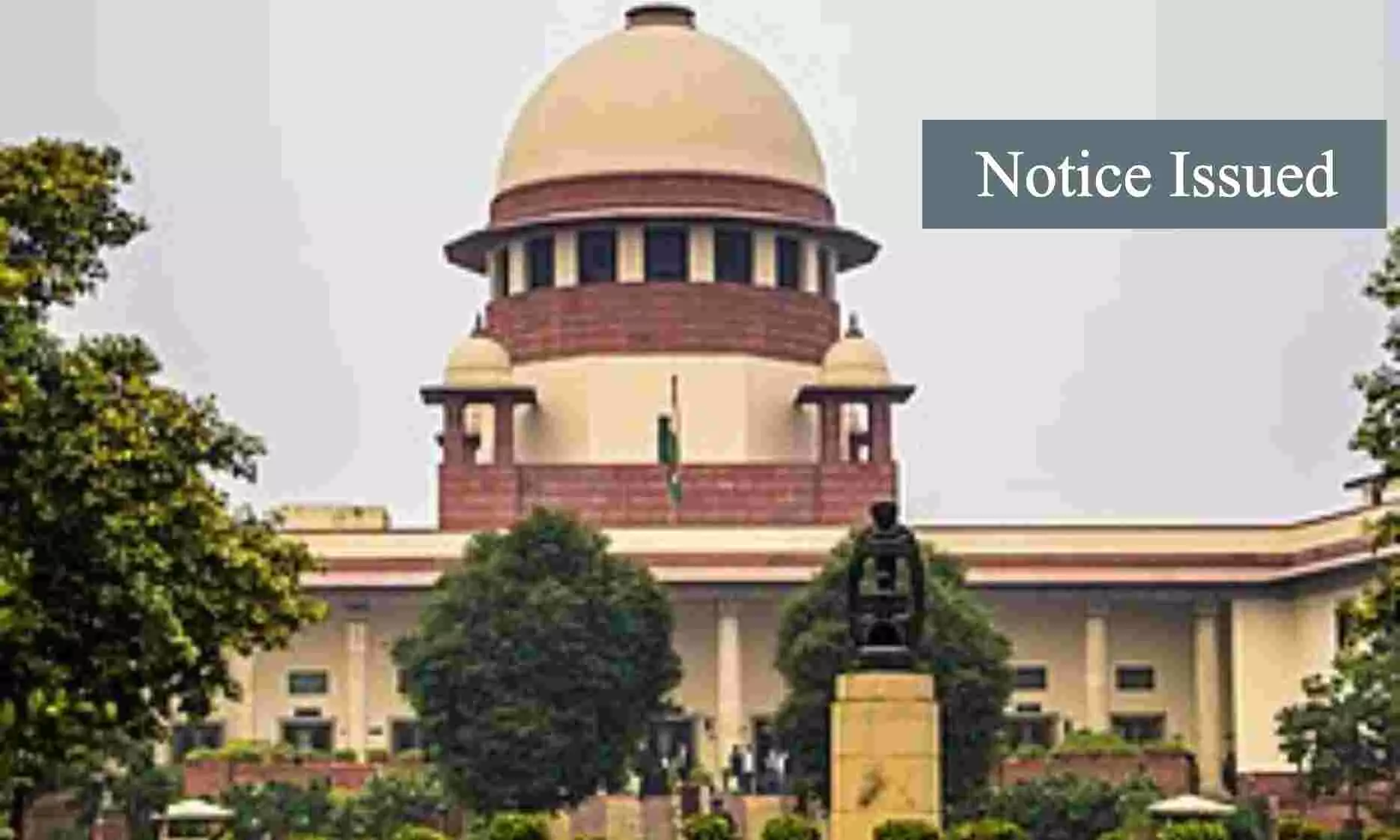
New Delhi: The issue of non-payment of stipends to the Foreign Medical Graduates (FMGs) during their internship has been raised once again before the Apex Court as the medicos filed a plea seeking regular monthly stipends for medical graduates from abroad pursuing compulsory internships at different government medical colleges, teaching and non-teaching institutes in Kerala and Andhra Pradesh.
While considering the pleas, the Supreme Court bench on Monday issued notice to 11 Government Medical Colleges, 6 teaching and non-teaching hospitals, the Directorate of Medical Education (DME), the Directorate of Health Services, the Kerala State Medical Council, the Kerala Government, and the National Medical Commission (NMC).
This is the first case in which the non-teaching hospitals have also been made a party in the plea seeking stipends during the FMG internship. “Issue Notice”, the Apex Court bench of Justices B R Gavai and Justice Prashant Kumar Mishra ordered on 14.10.2024.
While the plea seeking stipends for the FMGs from a few medical colleges in the State of Kerala was filed through the Association of Doctors and Medical Students, the plea for the FMGs from a few colleges from the State of Andhra Pradesh was filed through the FMGs themselves, ANI has reported. The petitioners Foreign Medical Graduates were represented through advocate Tanvi Dubey.
Also Read: FMGs challenge Non-Payment of Stipend, Supreme Court Issues Notice
In the plea, the petitioners argued that non-payment of stipend clearly violates their fundamental rights. They also mentioned in the plea that if few other colleges were paying stipends to the Foreign Medical Graduates, why were they being discriminated?
Further, the petitioners have argued that there should be no discrimination between the Indian Medical Graduates and the Foreign Medical Graduates (FMGs).
Issuing notice in both the pleas, the Supreme Court tagged them with the matters concerning the payment of stipends to medical graduates from abroad, which are pending adjudication.
Medical Dialogues had previously reported that earlier this year while considering a similar issue, the Supreme Court had observed that the FMGs cannot be treated differently and should be paid stipends during their internship like their counterparts who have done MBBS from the Indian Medical Colleges.
This observation was made by the top court bench comprising Justices Sudhanshu Dhulia and Prasanna Bhalachandra after taking note of the submissions of lawyer Tanvi Dubey, appearing for a group of doctors, that foreign medical graduates in certain medical colleges are not being paid stipends during their internships.
To view the Supreme Court order, click on the link below:
https://medicaldialogues.in/pdf_upload/fmg-internship-stipend-256970.pdf
Also Read: Supreme Court relief: FMGs to now get stipend during internship as Indian MBBS interns
Powered by WPeMatico
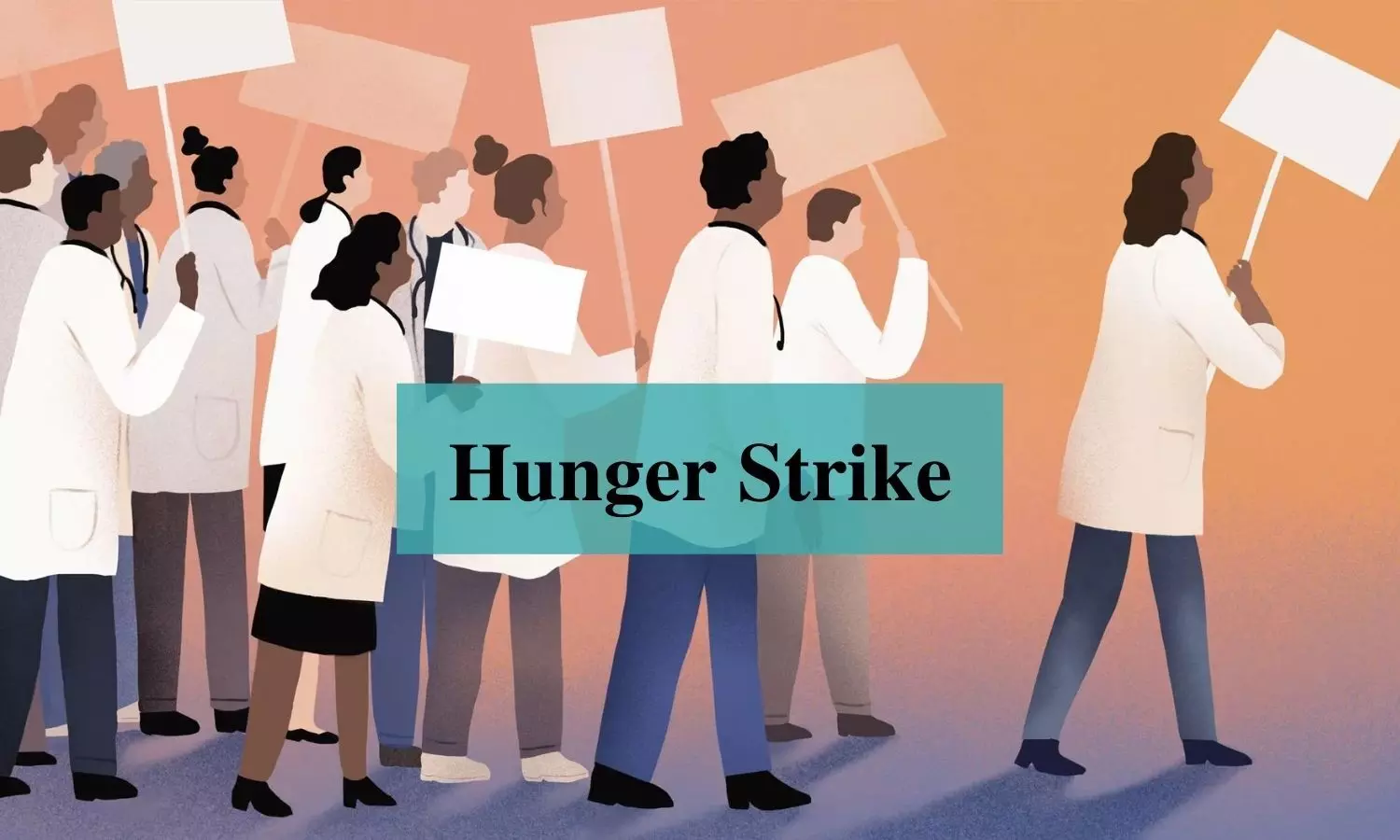
Mumbai: Junior doctors from government medical colleges in Mumbai participated in a hunger strike on Tuesday to support their counterparts in West Bengal, who have been on a fast-unto-death since October 5. They are demanding justice for a postgraduate trainee doctor who was raped and murdered at RG Kar Medical College Hospital.
Doctors in West Bengal began their hunger strike on October 5, following nearly 50 days of ‘cease work’ in two phases, after the rape and murder of a postgraduate trainee at state-run RG Kar Medical College and Hospital on August 9.
Talking to PTI, IMA national vice president Shivkumar Utture said, “Medical students and junior doctors are the most affected by such incidents, and more than 60 days have gone by, and at the ground level, nothing has changed. Therefore, the IMA Medical Students Network and IMA Junior Doctors Network decided to participate in symbolic sit-outs to support the hunger strike in West Bengal.”
Also Read:Kolkata doctor rape-murder: Another Junior Doctor Joins NBMCH Hunger Strike
This strike did not cover any private hospitals, he said.
Utture said junior doctors at all medical colleges in Mumbai, including Sion Hospital, King Edward Memorial Hospital and Seth Gordhandas Sunderdas Medical College (KEM Hospital), Cooper Medical College and JJ Hospital, participated in the token hunger strike, news agency PTI reported.
Young doctors of Kolkata are on a fast-unto-death struggle and are on the 11th day of fasting, he said, adding that three of them have been hospitalised.
Medical Dialogues team had earlier reported that demanding justice for Abhaya and workplace safety for doctors, the indefinite hunger strike started by two junior doctors at North Bengal Medical College and Hospital (NBMCH) entered its 10th day today with another junior doctor joining the strike on Monday.
Also Read:IMA to hold nationwide hunger strike on October 15 in support of Bengal Doctors
Powered by WPeMatico
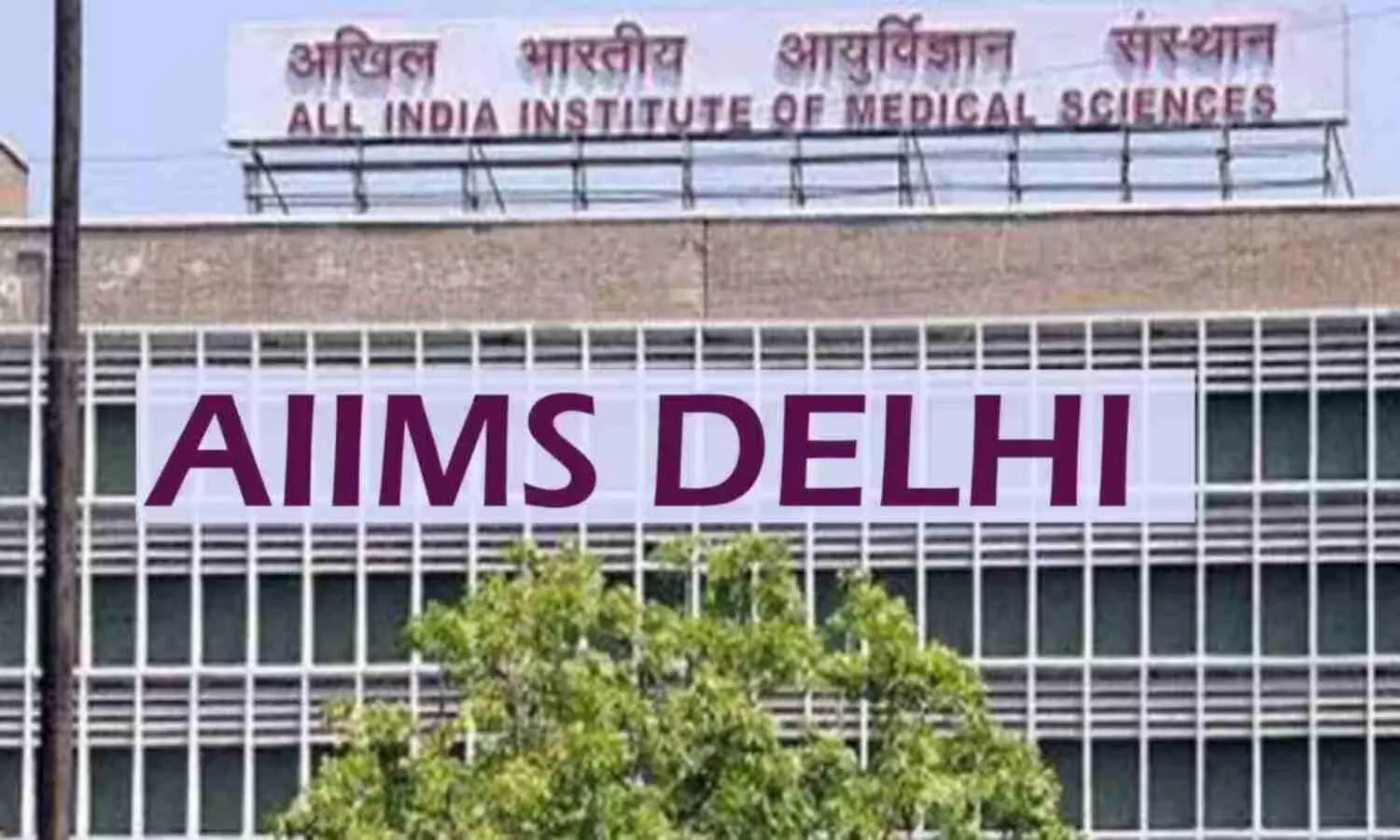
According to an ANI report, the letter highlighted the deteriorating health of five doctors, who have been admitted to the ICU in critical condition after days of protest. The resident doctors are demanding justice for Dr Abhaya and the implementation of the National Task Force (NTF) guidelines, which were issued by the Supreme Court to improve the safety of healthcare workers.
Powered by WPeMatico
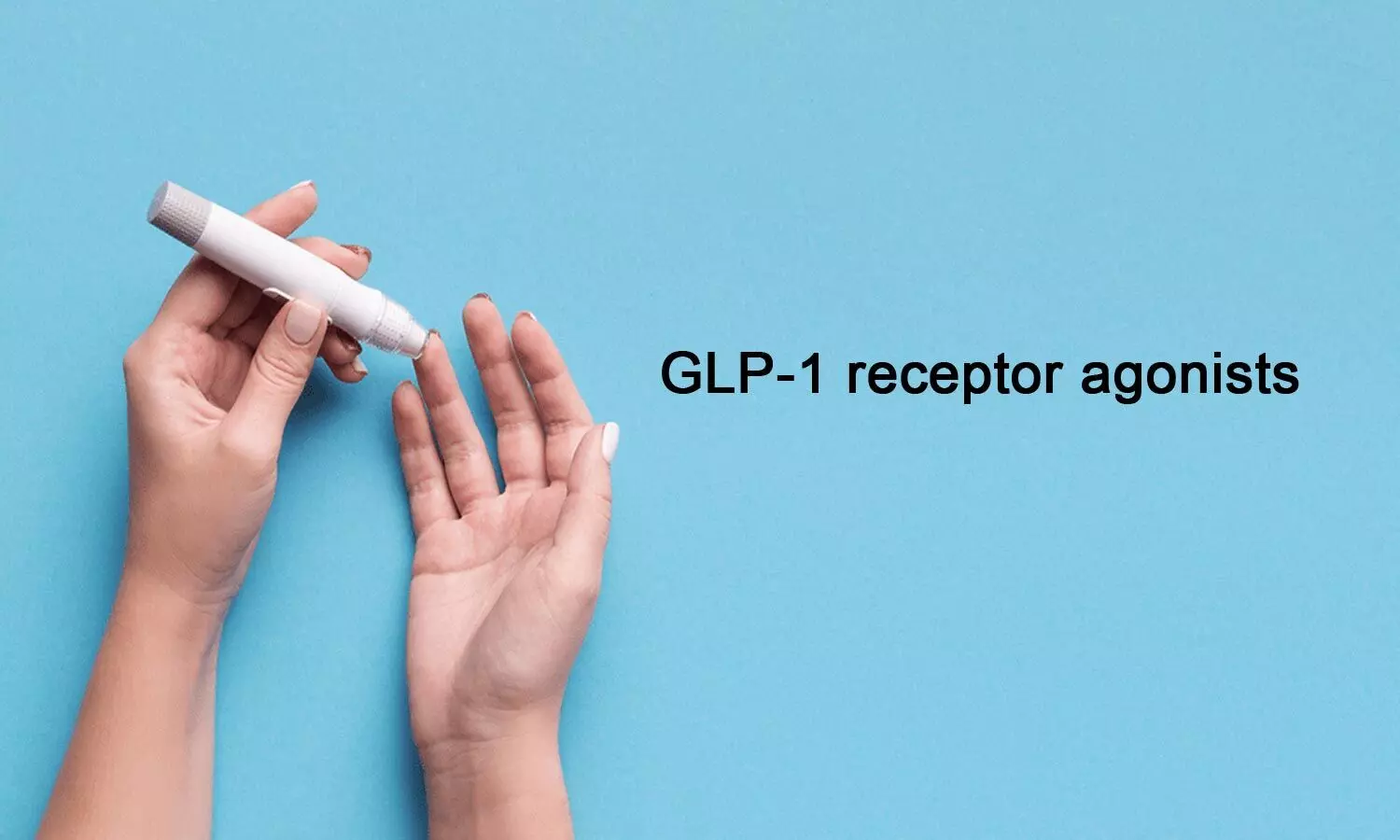
USA: A recent narrative review has highlighted the effectiveness of GLP-1 receptor agonists (RAs) in treating type 2 diabetes and obesity. These medications, which stimulate the glucagon-like peptide-1 receptor, are valuable tools in managing blood sugar levels and weight among obese individuals.
Published in eClinical Medicine, the review reveals that GLP-1RAs are particularly effective in reducing HbA1c levels, facilitating weight loss, and providing cardiovascular protective effects. The authors emphasize that ongoing development and application of GLP-1RAs can significantly enhance treatment outcomes for individuals affected by these conditions.
Obesity and type 2 diabetes mellitus (T2DM) represent major global health challenges, with their prevalence steadily increasing. The authors note that GLP-1RAs have become crucial for managing blood glucose levels, promoting weight loss, preventing cardiovascular diseases, and improving kidney health.
GLP-1, an incretin hormone, plays a vital role in glucose metabolism and appetite regulation, affecting insulin secretion, sensitivity, and gastric emptying. The therapeutic use of GLP-1RAs has evolved, with various formulations offering different efficacy levels, administration routes, and dosing flexibility.
Nasreen Alfaris from the Obesity, Endocrine, and Metabolism Center, King Fahad Medical City, Riyadh, and colleagues investigated the mechanisms of action of GLP-1RAs in treating T2DM and obesity. The review examined GLP-1RAs currently in clinical use and those under investigation, highlighting their clinical benefits, potential side effects, and cost-effectiveness. It also proposed a treatment algorithm for effectively managing obesity and T2DM using these agents.
The research indicates that GLP-1RAs enhance insulin secretion, improve insulin sensitivity, and decrease hepatic glucose production, playing a crucial role in blood glucose regulation. Their effects on appetite suppression and satiety contribute significantly to weight loss.
With a range of GLP-1RAs available—from short-acting to long-acting formulations—clinicians can tailor treatments to individual needs. The emergence of novel agents like tirzepatide and other dual and triple hormonal agonists expands the therapeutic landscape for managing T2DM effectively.
In terms of obesity management, GLP-1RAs have demonstrated significant efficacy in promoting weight loss and improving cardiometabolic parameters. Agents such as liraglutide, semaglutide, tirzepatide, orforglipron, and retatrutide have shown substantial weight reductions, both as monotherapy and in combination with lifestyle interventions.
Dual and triple receptor agonists like tirzepatide and retatrutide offer advantages by targeting multiple pathways involved in energy regulation, resulting in enhanced weight loss and improved metabolic outcomes compared to traditional GLP-1RAs. However, safety profiles, particularly gastrointestinal adverse effects, should be considered.
Concerns regarding potential risks, including pancreatitis, thyroid disorders, and depression associated with GLP-1RAs, necessitate careful monitoring and further investigation. Ongoing research is essential for a deeper understanding of long-term safety and efficacy of these medications across diverse patient populations.
“Overall, GLP-1RAs represent a valuable class of medications with diverse applications in diabetes management, offering hope for improved outcomes and enhanced quality of life for individuals with diabetes and obesity,” the researchers concluded.
Reference:
Alfaris, N., Waldrop, S., Johnson, V., Boaventura, B., Kendrick, K., & Stanford, F. C. (2024). GLP-1 single, dual, and triple receptor agonists for treating type 2 diabetes and obesity: A narrative review. EClinicalMedicine, 75, 102782. https://doi.org/10.1016/j.eclinm.2024.102782
Powered by WPeMatico

Canada: A recent multicenter cohort study published in JAMA Cardiology has highlighted the concerning relationship between myocardial scarring and the risk of sudden cardiac death (SCD) in young patients diagnosed with hypertrophic cardiomyopathy (HCM).
In the study, quantitative late gadolinium enhancement (LGE) emerged as a significant risk factor for SCD in patients under 21 years with hypertrophic cardiomyopathy, enhancing risk stratification efforts.
Hypertrophic cardiomyopathy, a genetic condition characterized by abnormal thickening of the heart muscle, is known to increase the risk of arrhythmias and sudden cardiac events. Currently, predicting SCD in children and adolescents with HCM is insufficient. In adults with HCM, late gadolinium enhancement observed through cardiovascular magnetic resonance (CMR) imaging has been linked to SCD events. In this context, Raymond H. Chan, Peter Munk Cardiac Centre, Toronto General Hospital, University Health Network, Toronto, Ontario, Canada, and colleagues aimed to investigate the prognostic significance of LGE in patients with HCM younger than 21 years.
For this purpose, a multicenter, retrospective cohort study was conducted from April 8, 2015, to September 12, 2022, involving patients under 21 years old with HCM who underwent CMR imaging across various sites in the US, Europe, and South America. Observers of the CMR studies were blinded to outcomes and demographic details. The study focused on the natural history of HCM, with the primary outcome being SCD and related events, such as resuscitated cardiac arrest and appropriate discharges from an implantable defibrillator.
Continuous and categorical data were presented as means (SD), medians (IQR), or counts (percentages). Kaplan-Meier curves were used to compare survivors with and without LGE, and the likelihood of subsequent clinical events was assessed using univariate and multivariable Cox proportional hazards models.
Results from the study involving 700 patients across 37 international centers showed a median age of 14.8 years, with 74% being male. Based on the study, the researchers reported the following findings:
The study led to the following findings:
The authors found that late gadolinium enhancement significantly improved the classification of sudden cardiac risk in children, adolescents, and young adults with hypertrophic cardiomyopathy. They recommend that LGE be considered during the clinical evaluation of these patients.
Reference:
Chan RH, van der Wal L, Liberato G, et al. Myocardial Scarring and Sudden Cardiac Death in Young Patients With Hypertrophic Cardiomyopathy: A Multicenter Cohort Study. JAMA Cardiol. Published online September 25, 2024. doi:10.1001/jamacardio.2024.2824
Powered by WPeMatico
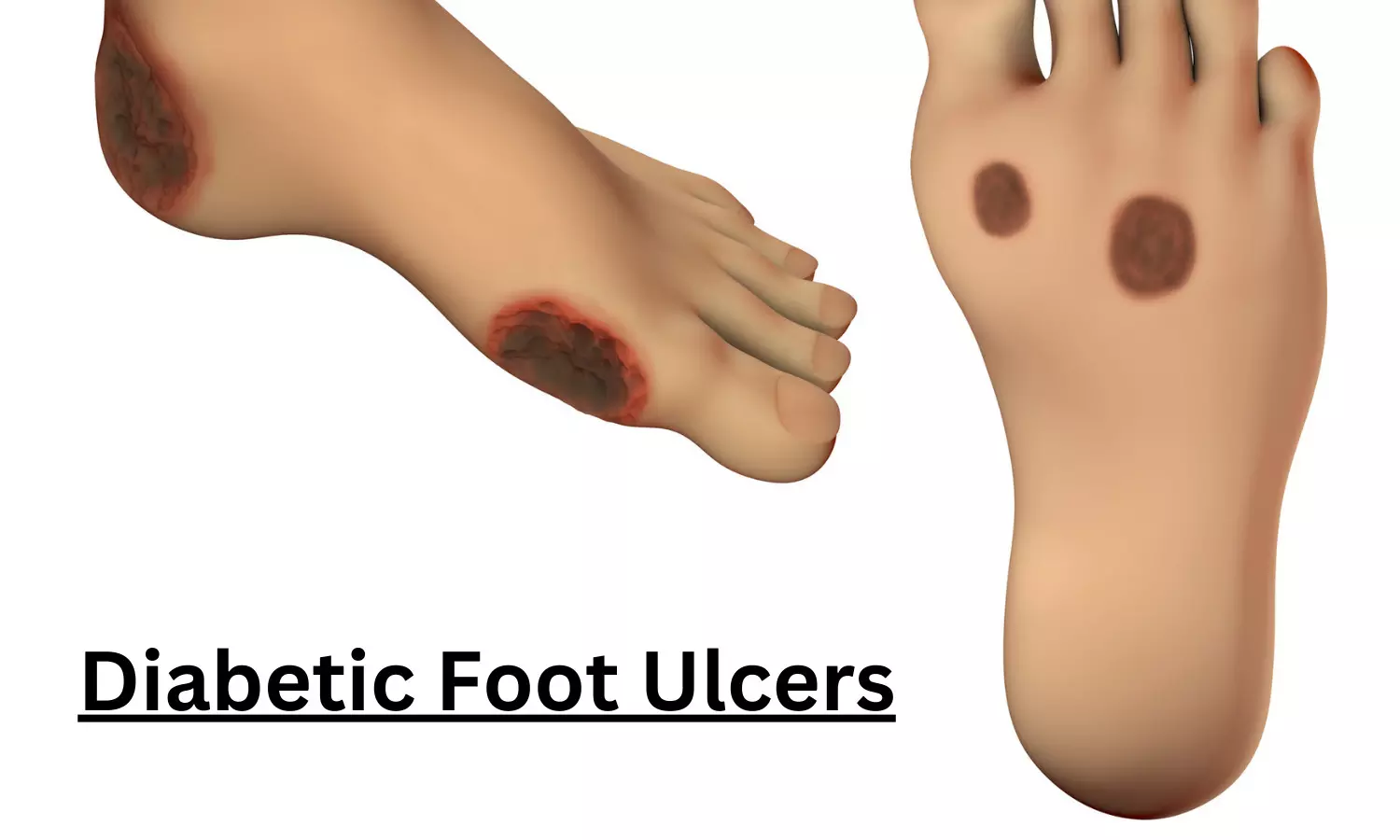
France: Recent research published in NEJM Evidence has revealed that using intact fish skin grafts is significantly more effective than standard care in treating deep diabetic foot ulcers. This innovative approach enhances the rate of wound healing and accelerates the healing process, offering new hope for patients battling this challenging condition.
Diabetic foot ulcers are a common complication for individuals with diabetes, often leading to serious infections and, in severe cases, amputations. Traditional treatment methods, which typically involve standard dressings and wound care, have shown limited effectiveness, prompting healthcare professionals to explore alternative therapies. The introduction of intact fish skin grafts has emerged as a promising solution. Considering this, Dured Dardari, Diabetology Department, Center Hopitalier Sud Francilien, Corbeil-Essonnes, France, and colleagues aimed to evaluate the effectiveness of intact fish skin grafts compared to standard care in promoting wound healing and reducing healing time in patients with deep diabetic foot ulcers.
For this purpose, the researchers conducted an international, open-label randomized controlled trial, in which patients with diabetic ulcers penetrating to bone, joint, or tendon were randomly assigned in a 1:1 ratio to receive either intact fish skin grafts or standard wound care. The assigned treatment was applied for 14 weeks.
The primary endpoint was the proportion of ulcers healed at 16 weeks, defined as reepithelialization identified by the investigator and confirmed 14 days later. Healing assessments were also conducted at 20 and 24 weeks, with confirmation of healing at both time points carried out by a blinded adjudication committee.
Based on the study, the researchers revealed the following findings:
“The findings showed that in patients with deep diabetic foot ulcers, treatment with intact fish skin grafts was more effective than standard care, resulting in a higher proportion of healed wounds at 16 weeks and a quicker healing time,” the researchers concluded.
Reference:
Dardari D, Piaggesi A, Potier L, Sultan A, Diener H, Francois M, Dorweiler B, Bouillet B, M’Bemba J, Chaillous L, Clerici G, Kessler L, Wetzel-Roth W, Storck M, Davidsson OB, Baldursson B, Kjartansson H, Lantis JC, Charpentier G. Intact Fish Skin Graft to Treat Deep Diabetic Foot Ulcers. NEJM Evid. 2024 Oct 4:EVIDoa2400171. doi: 10.1056/EVIDoa2400171. Epub ahead of print. PMID: 39365895.
Powered by WPeMatico

Poland: A recent study published in The Journal of Clinical Pharmacology revealed that subclinical hyperthyroidism may amplify the gonadotropin-lowering effects of metformin in postmenopausal women. This finding highlights the interplay between thyroid function and metabolic regulation, particularly in diabetes treatment.
The research examined the impact of metformin on various hormonal levels in postmenopausal women diagnosed with subclinical hyperthyroidism. It found that metformin did not affect the circulating levels of TSH, total and free thyroxine, total and free triiodothyronine, estradiol, prolactin, adrenocorticotropic hormone (ACTH), or insulin-like growth factor-1 (IGF-1).
Metformin treatment reduces elevated levels of anterior pituitary hormones. Considering this, Robert Krysiak, Department of Internal Medicine and Clinical Pharmacology, Medical University of Silesia, Katowice, Poland, and colleagues aim to investigate whether hyperthyroidism modulates the impact of metformin on gonadotroph secretory function in a prospective, cohort study.
For this purpose, the researchers included a study population of 48 postmenopausal women with untreated type 2 diabetes or prediabetes, 24 of whom had coexisting grade 1 subclinical hyperthyroidism. Both groups were matched based on age, insulin sensitivity, and gonadotropin levels. Throughout the study, all participants received metformin treatment at a daily dosage of 2.55 to 3 grams.
Plasma glucose, insulin, thyroid-stimulating hormone (TSH), total and free thyroid hormones, follicle-stimulating hormone (FSH), luteinizing hormone (LH), estradiol, prolactin, adrenocorticotropic hormone (ACTH), and insulin-like growth factor-1 (IGF-1) were measured at baseline and again six months later.
The study led to the following findings:
The results suggest that hyperthyroidism amplifies the gonadotropin-lowering effects of metformin, while also indicating that the drug has a neutral impact on the hypothalamic-pituitary-thyroid axis when it is overactive.
“The study expands the understanding of the role of metformin in hormonal regulation, and emphasizes the importance of comprehensive patient assessments in managing postmenopausal health,” the researchers concluded.
Reference:
Krysiak, R., Kowalcze, K., & Okopień, B. Subclinical Hyperthyroidism Enhances Gonadotropin-Lowering Effects of Metformin in Postmenopausal Women. The Journal of Clinical Pharmacology. https://doi.org/10.1002/jcph.6144
Powered by WPeMatico

Around 40% of postmenopausal hormone positive breast cancer cases may be linked to excess body fat, suggests Spanish research published online in the Journal of Epidemiology & Community Health.
This proportion is significantly higher than 1 in 10 such cases currently attributed to excess weight, using the widely used measure of body mass index (BMI), and indicates that the real impact of obesity on breast cancer risk has likely been underestimated, say the researchers.
BMI isn’t necessarily a very accurate measure of body fat, particularly in older women, because it doesn’t account for age, sex, or ethnicity, they point out.
They therefore compared BMI with the CUN-BAE (Clínica Universidad de Navarra–Body Adiposity Estimator), a validated measure of body fat that does account for age and sex, in 1033 White postmenopausal women with breast cancer and 1143 free of the disease, but matched for age, sex, and geographical region.
All the women were taking part in the multicase-control (MCC)-Spain study, which aims to evaluate the environmental and genetic factors associated with bowel, breast, stomach, and prostate cancers and chronic lymphocytic leukaemia among 20-85 year olds.
All participants were quizzed on potentially influential risk factors: sociodemographics; lifestyle; and personal/family medical and reproductive histories.
Dietary information was collected through a validated semi structured 140-item Food Frequency Questionnaire, and a self-administered questionnaire was used to gather information on usual alcohol intake between the ages of 30 and 40.
The CUN-BAE categorises body fat as: less than 35%; 35%–39.9%; 40%-44.9%; and 45% and above. BMI classifies weight as: less than 25 kg/m2; 25–29.9; 30–34.9; and 35 and above.
Average BMI was just over 26 in the comparison group and just over 27 in the women with breast cancer. Average CUN-BAE was just under 40% and almost 40.5%, respectively.
A BMI below 25 (reference) was observed in 45% of women in the comparison group and in 37% of those with breast cancer. A BMI of 30 or above, which signifies obesity, was observed in 20% and in just over 24%, respectively.
A CUN-BAE below 35% (reference) was observed in 20.5% of women in the comparison group and in 16% of those with breast cancer. A CUN-BAE of 40% or above was observed in just over 46% of women in the comparison group and in 53% of those with breast cancer.
A CUN-BAE of 45% or above was associated with a more than doubling in the risk of postmenopausal breast cancer compared with a CUN-BAE of below 35%.
No similar trend was observed for BMI, prompting the researchers to estimate that 23% of breast cancer cases were attributable to excess body fat using BMI, but 38% using the CUN-BAE.
But these differences were only apparent for hormone positive cancers (680 cases) for which the estimated proportions attributable to excess body fat were 20% (BMI) and 42% (CUN-BAE).
Causal factors can’t be established from the findings of this case-control study, say the researchers, who also acknowledge that the CUN-BAE formula was calculated from a sample of sedentary people; and the number of breast cancers that weren’t hormone positive was small.
Nevertheless, they conclude: “The results of our study indicate that excess body fat is a significant risk factor for hormone receptor positive breast cancer in postmenopausal women.
“Our findings suggest that the population impact could be underestimated when using traditional BMI estimates, and that more accurate measures of body fat, such as CUN-BAE, should be considered when estimating the cancer burden attributable to obesity in postmenopausal breast cancer.”
This is crucial for planning effective prevention initiatives, they add.
Reference:
Powered by WPeMatico

Subconjunctival triamcinolone acetonide injection useful prophylactic therapy for pseudophakic macular edema suggests a study published in the Ophthalmology.
A study was done to compare the effectiveness and safety of a single injection of subconjunctival triamcinolone acetonide (TA) with that of postoperative topical prednisolone acetate (PA) with and without nonsteroidal anti-inflammatory drugs (NSAIDs) for cataract surgery prophylaxis. Patients at Kaiser Permanente Northern California from 2018 through 2021. Exposure groups included topical PA with or without NSAID and subconjunctival injection of TA (Kenalog; Bristol-Myers-Squibb) 10 mg/ml or 40 mg/ml in a low dose (1.0-3.0 mg) or high dose (3.1-5.0 mg).The adjusted odds ratio (OR) and 95% confidence interval (CI) for the association of postoperative macular edema (ME) and iritis diagnoses 15 to 120 days after surgery (effectiveness measures) and a glaucoma-related event (safety measure) between 15 days and 1 year after surgery. Results: Of 69 832 eligible patient-eyes, postoperative ME, iritis, and a glaucoma-related event occurred on average in 1.3%, 0.8%, and 3.4% of eyes in the topical groups and 0.8%, 0.5%, and 2.8% of eyes in the injection groups, respectively. In multivariable analysis, compared with the PA reference group, the PA plus NSAID group had a lower OR of ME (OR, 0.88; 95% CI, 0.74-1.04; P = 0.135). and all injection groups had even lower odds, with the high-dose TA 10-mg/ml group reaching statistical significance (OR, 0.64; 95% CI, 0.43-0.97; P = 0.033). A trend of lower odds of a postoperative iritis diagnosis was noted in the high-strength (40 mg/ml) groups. For postoperative glaucoma-related events, compared with PA, the TA 10-mg/ml low-dose group showed lower odds (OR, 0.69; 95% CI, 0.55-0.86; P = 0.001), the TA 10-mg/ml high-dose group showed similar odds (OR, 0.90; 95% CI, 0.70-1.15; P = 0.40), and the TA 40-mg/ml low-dose and high-dose groups showed higher odds of an event occurring (OR, 1.46 [95% CI, 0.98-2.18; P = 0.062] and OR, 2.14 [95% CI, 1.36-3.37; P = 0.001], respectively). The TA 10-mg/ml high-dose (4 mg) group was associated with a lower risk of postoperative ME and a similar risk of glaucoma-related events compared with the topical groups.
Reference:
Shorstein NH, McCabe SE, Alavi M, Kwan ML, Chandra NS. Triamcinolone Acetonide Subconjunctival Injection as Stand-alone Inflammation Prophylaxis after Phacoemulsification Cataract Surgery. Ophthalmology. 2024 Oct;131(10):1145-1156. doi: 10.1016/j.ophtha.2024.03.025. Epub 2024 Apr 4. PMID: 38582155; PMCID: PMC11416342.
Keywords:
Subconjunctival, triamcinolone, acetonide, injection, prophylactic therapy, pseudophakic, macular, edema: Study, Shorstein NH, McCabe SE, Alavi M, Kwan ML, Chandra NS. Triamcinolone Acetonide Subconjunctival Injection, Ophthalmology, Dropless cataract surgery; Macular edema prophylaxis; Subconjunctival triamcinolone injection.
Powered by WPeMatico
